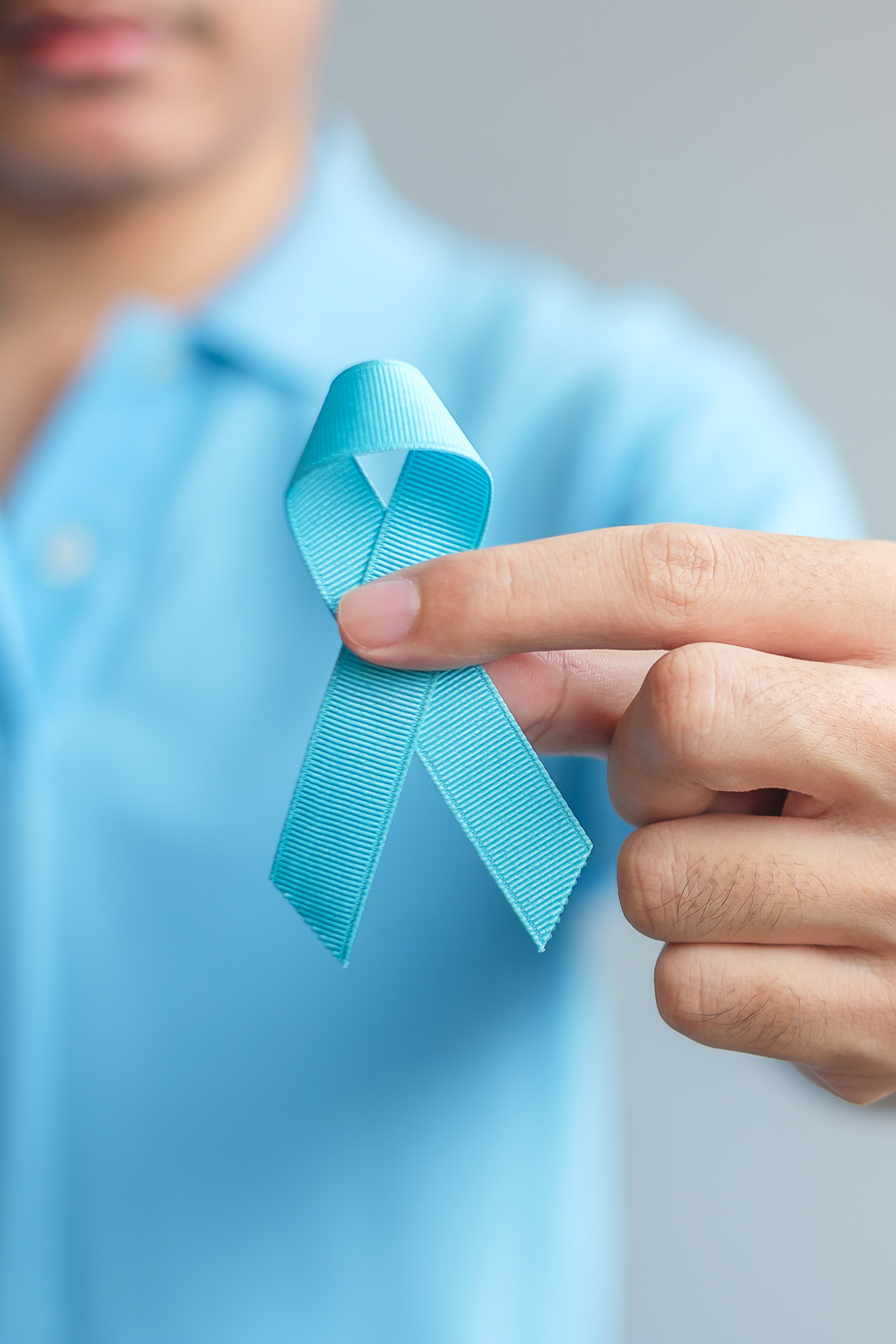Prostate Cancer
Cells in nearly any part of the body can become cancer cells, and with prostate cancer, the cells of the prostate gland start growing uncontrollably.
What is Prostate Cancer?
In most cases, prostate cancer usually grows slowly which means that it takes a number of years to become large enough to be detected. In fact, there have been a number of autopsy studies which have shown that men who died of other non-cancer causes have had prostate cancer. The cancer showed no symptoms, was not detected by their doctors and more importantly, never affected them during their lives.
The prostate gland is usually located underneath the bladder, in front of the rectum and surrounds the urethra. The prostate gland is the size and shape of a walnut and grows bigger as you get older. Only men have a prostate gland and the main function of the gland is the production of semen. The muscles of the prostate also ensure that the semen is forcefully pressed into the urethra and then expelled outwards during ejaculation.
Besides cancer, the prostate gland may cause two other common men health problems:
- Benign enlargement of the prostate (BPH, or benign prostatic hyperplasia), one of the most common benign tumours in men and a source of symptoms for most men as they age
- Prostatitis, painful inflammation of the prostate, the most common cause of urinary tract infections in men
Both these prostate problems are common in men after age 50, and fortunately, effective treatment and relief of symptoms is easily available.
While early prostate cancer rarely causes any typical symptoms, it is recommended that men after 50 should speak to their doctors about the need for a prostate exam. According to the National Cancer Registry, prostate cancer is the fourth most common male cancer in Malaysia, accounting for 5.7 per cent of cancer cases among men.


Symptoms
Prostate cancer that is contained inside the prostate (localised prostate cancer) doesn't usually cause any symptoms. But there have been instances where patients have experienced urinary problems. These may be mild and happen over the course of many years. It is important to note that, these symptoms may also be a sign of a benign prostate problem, rather than prostate cancer.
Prostate cancer symptoms only begin to show once the cancer has grown large enough to put pressure on the urethra. It is best to consult with a doctor or urologist, who are trained to recognise the signs and symptoms of prostate cancer.
Symptoms for prostate cancer usually result in problems associated with urination, such as:
- needing to urinate more frequently, often during the night
- needing to rush to the toilet
- difficulty in starting to pee (hesitancy)
- straining or taking a long time urinating
- weak flow when you urinate
- feeling that your bladder has not emptied fully
- dribbling urine after you finish
Less common symptoms include
- pain when urinating
- pain when ejaculating
- blood in your urine or semen*
- problems getting or keeping an erection – this isn't a common symptom of a prostate problem and is more often linked to other health conditions such as diabetes or heart problems.
*Blood in your urine or semen can be caused by other health problems.
Symptoms that the cancer may have spread include bone and back pain, loss of appetite, pain in the testicles and unexplained weight loss.
Risk Factors
As common as prostate cancer is, there are no specific causes for it. However, there are a number of things that can increase your risk of developing the condition but please note that having any of these risk factors does not necessarily mean that you will develop cancer.
Family history
Having a brother or father who developed prostate cancer under the age of 60 increases your risk of developing the disease
Age
Most cases are diagnosed in men over 50 years of age
Smoking
Some research has linked smoking to an increased risk of prostate cancer
Obesity
Recent research suggests that there may be a link between obesity and prostate cancer. Men who regularly exercise have also been found to be at lower risk of developing prostate cancer
Diet
Prostate cancer rates appear to be lower in men who eat healthy foods containing vegetables and fruits
Detection and diagnosis
Treatment
The treatment of cancer often varies according to the degree and type of cancer affected. Different treatment options will depend on whether the cancer is within the prostate gland (localised); has spread outside of the prostate (locally advanced), or had spread to other parts of the body (advanced).
It is best to evaluate all options with your doctor before deciding on the best treatment and care for you. The best treatment option available for prostate cancer is Radical Prostatectomy or Radiation Therapy.
Radiation Therapy directs high energy X-ray beams at the prostate gland. These beams damage the cells and stop them from dividing and growing. Radiotherapy treats the whole prostate and sometimes the area around it. The treatment is painless but it can cause side effects. Radiation therapy is also used if the cancer is not removed completely or recurs in the area of the prostate after surgery. The two types of radiation therapy used for prostate cancer are external beam radiation and Brachytherapy (or internal radiation).
It's important to discuss all of your treatment options with your doctors to help make the decision that best fits your needs.


























